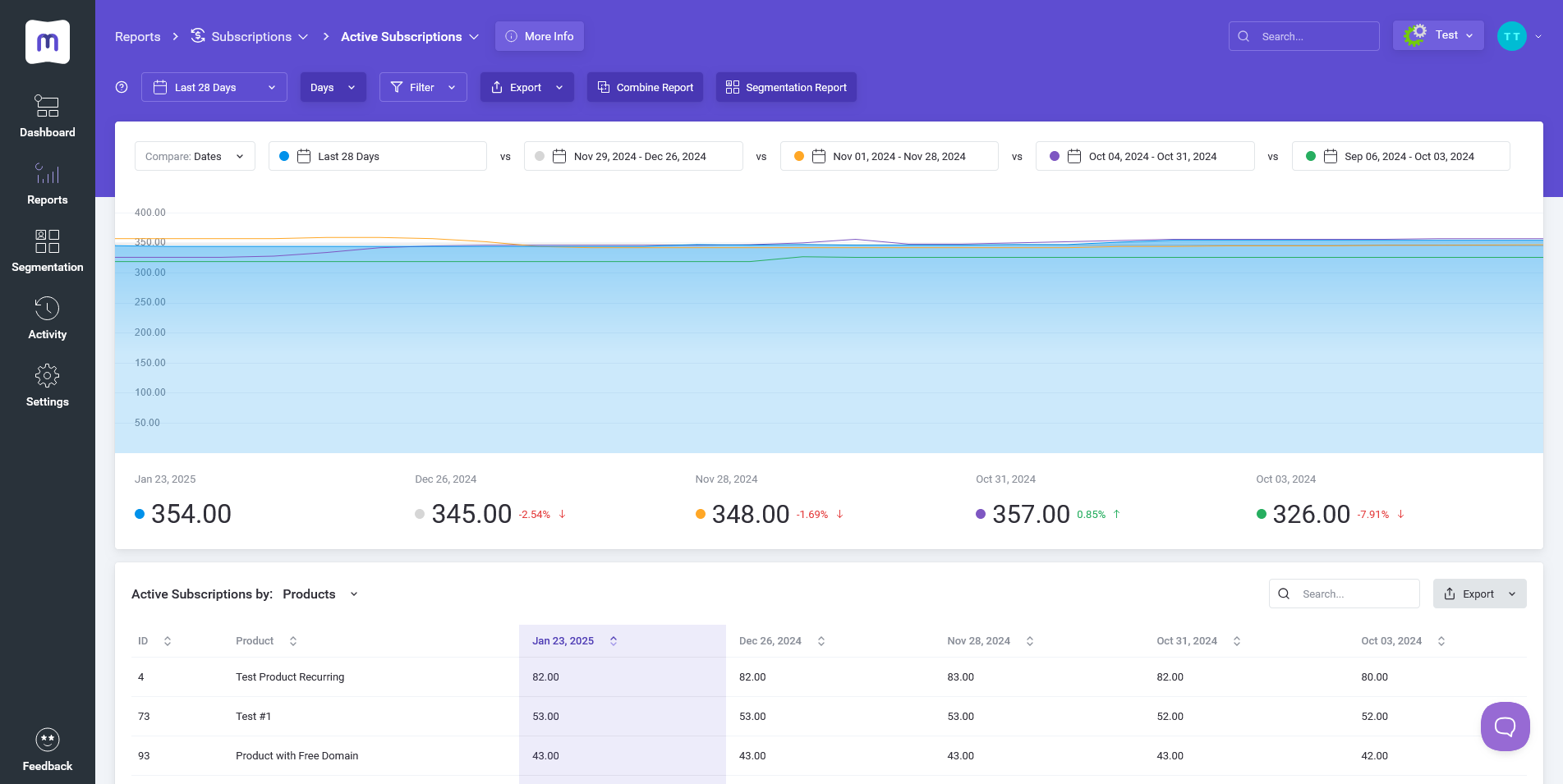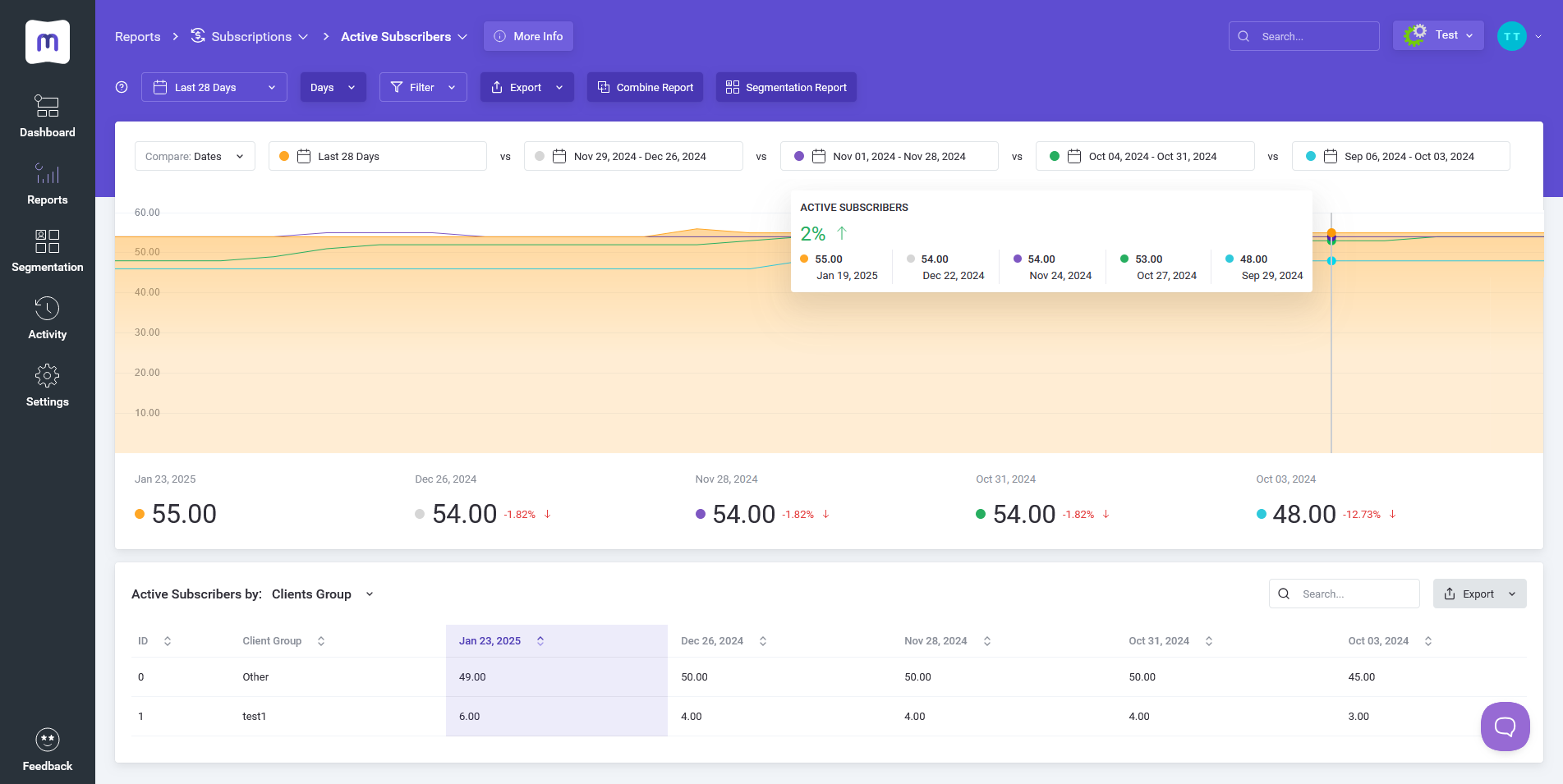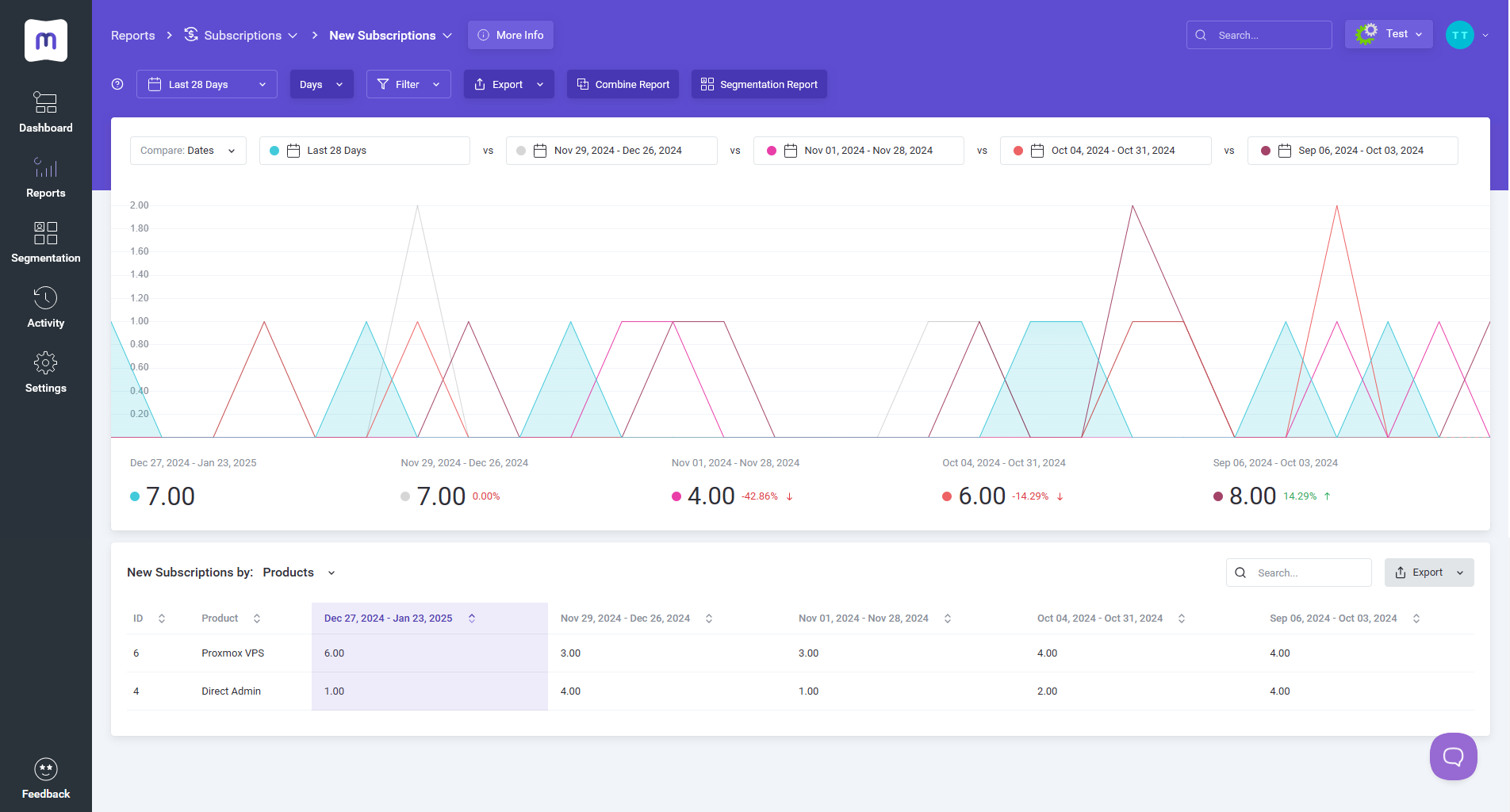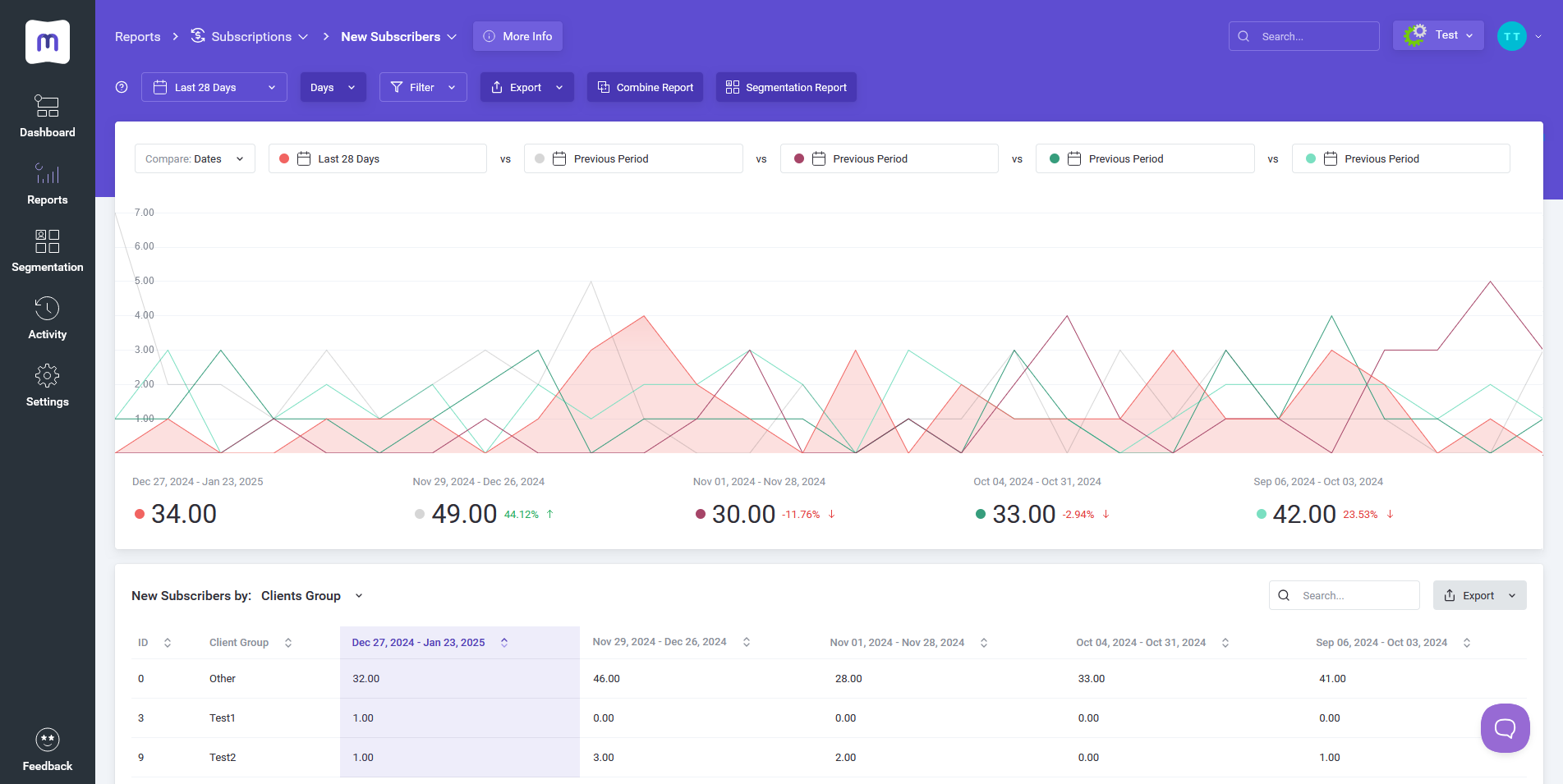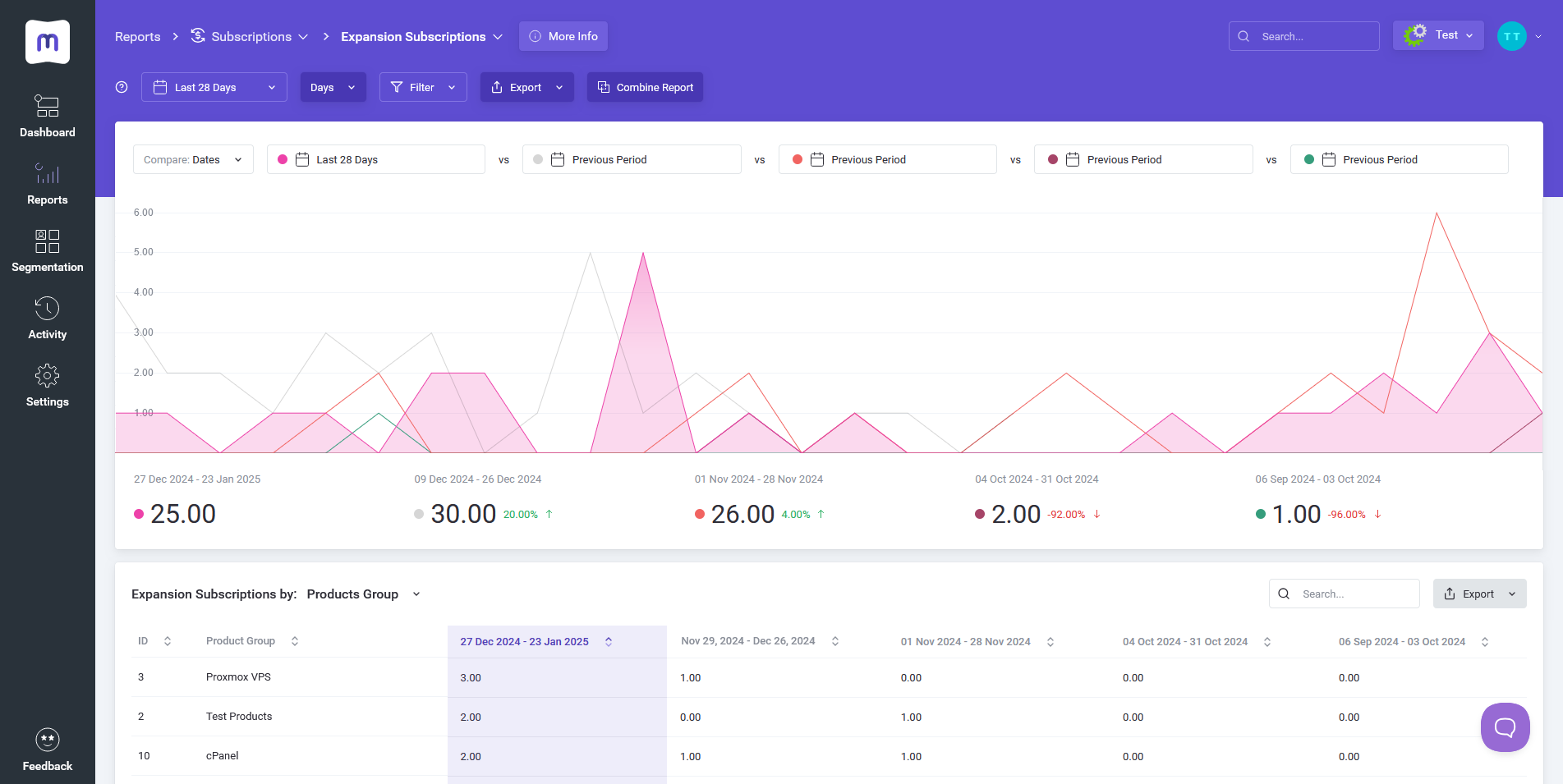To buy or not to buy may no longer be the major dilemma. Today, it’s often about how to pay. With WHMCS enabling businesses to offer multiple billing formats, it’s no surprise that buyers are exploring their options. While the choice itself is readily available, there’s a noticeable trend toward recurring payments, the backbone of subscription-based models.
Let’s break the two key terms down. Subscriptions refer to services that customers pay for regularly, whether monthly, quarterly, or annually. Those who sign up for these recurring services are known as subscribers.
☞ The subscription economy, valued at “just” $593 billion globally in 2024, is expected to climb to roughly $1 trillion by 2028, based on latest insights from Juniper Research.
A crucial difference between one-time purchases and subscription models lies in the relationship dynamics with customers. One-time purchases are usually purely transactional, focused solely on making the sale. Subscriptions, on the other hand, go beyond being a simple deal-closing channel. They are about fostering long-term bonds with people and securing a stable stream of earnings, identified as recurring revenue.
Collecting all the bits
Understanding these terms is no doubt important, but effectively managing the phenomena they represent is where MetricsCube steps in. By integrating seamlessly with WHMCS, our platform offers access to in-depth insights that fundamentally change how web hosting providers understand their business. It exposes fresh perspectives they wouldn’t otherwise have and reveals opportunities hidden in plain sight.
“Since we have customers with multiple subscriptions, I like that MetricsCube breaks down retention metrics by revenue, subscription and customers. This setup aligns well with our business and helps to reveal trends that we would have missed without it.”
Brad Morrison, GoWP Founder
The subscription-oriented reports MetricsCube offers include:
The report allows you to track the number of ongoing subscriptions in your system, providing insights into customer behavior and enabling better forecasting. For example, identifying a consistent increase in recurring services could highlight opportunities to upsell premium features or expand service packages to further grow your business.
The report enables you to check how many clients maintain recurring services with you, giving you a clear view of client loyalty and revenue stability. For instance, if you notice a drop in recurring services among a certain demographic, you can tailor your communication or adjust your service offerings to re-engage those clients and improve retention rates.
At this point it’s essential we distinguish between Active Customers – who may have one-time services or even free plans – and Active Subscribers, who fuel your company’s budget on a repetitive basis.
The report makes it easy to monitor the number of new subscriptions in your system, providing valuable insights into customer acquisition trends. For example, if you notice a surge in new subscriptions after a recent marketing campaign, you can analyze its success and replicate similar strategies to sustain growth.
The report helps you stay updated on the number of new users joining your system, illustrating the full scope of your growth momentum. For example, if you notice a slowdown in new subscribers during a specific period, you can investigate potential causes, such as seasonal trends or changes in market demand, and adjust your strategy accordingly.
The report provides clarity on those customers in your subscription base who are extending their services or product packages and, in turn, increasing their financial contribution. For instance, recognizing that long-term users are upgrading to premium packages could inspire you to create exclusive benefits for loyal clients, further strengthening customer relationships and boosting revenue.
Now that we know that subscription success starts with the numbers, here are some key metrics you should track as well to evaluate the outcomes your business is delivering:
- Monthly Recurring Revenue (or Annual Recurring Revenue)
- Average Revenue Per User
- Customer Lifetime Value
- Churn
Thriving on strong relationships
Adopting a subscription-based approach allows you to move away from the uncertainty that’s often a side effect of one-time purchases which can just stop occurring at any time. Instead of counting clients and wondering if they’ll return, you can focus on subscribers whose continuous involvement means peace of mind.
So, how exactly can nurturing such relationships benefit your business? Subscriptions provide a stable, reliable foundation for growth that builds over time without relying on large, but irregular sales events. This translates into much-appreciated income predictability, thanks to which it becomes easier to forecast profits, allocate resources, plan strategically, and expand in a more sustainable way.
What’s more, keeping your subscribers satisfied – through both your offerings and attitude – reduces the risk of churn and boosts retention. It’s simple: happy customers stay longer and continue paying.
Walking in the right direction
Basic reporting? Not with MetricsCube. What we prioritize is delivering truly actionable insights that empower you to see through all layers of your subscription business, and uncover the details that can actually make a difference. Recognizing your subscribers and their presence in your operations is a critical first step. With the reports we’ve outlined, you have all the data you need to detect patterns, track customer engagement and fine-tune your strategies for ongoing success.





